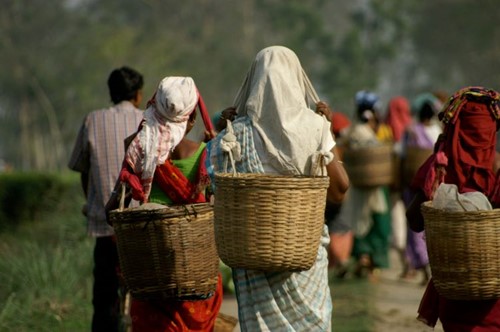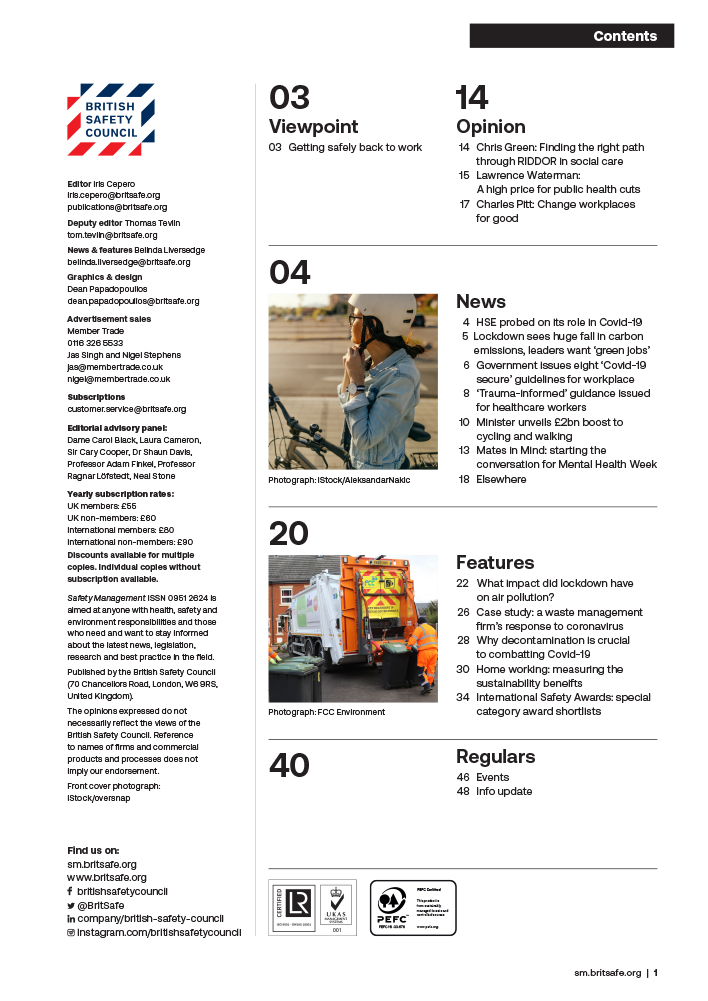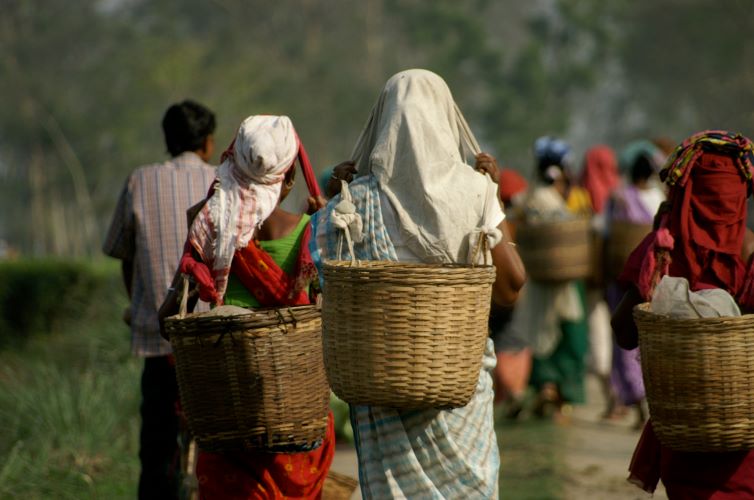The proportion of India’s population covered under some form of cash paying social security protection has almost doubled in just three years, according to a new International Labour Organization (ILO) report.
News
India’s social security coverage doubles to almost 50 per cent, says ILO
The World Social Protection Report 2024-26 reveals that the percentage of India’s population receiving “at least one social protection benefit” as a cash payment rose from 24.4 per cent in 2021 to 48.8 per cent in 2024.
Hailing the news at the first-ever ‘Regional Dialogue on Social Justice’ meeting in New Delhi - organised by Indian Government’s Ministry of Labour and Employment, the ILO and the Global Coalition for Social Justice - ILO director-general Gilbert Houngbo said the extension of social security protections was a “remarkable achievement” by the Indian government and its ministries. He added that the growth in the population numbers under social security coverage “reflects the strong partnership between India and the ILO and the decisive actions taken by the Modi government in expanding social protection in the past few years”.
Houngbo added: “I salute this tremendous progress in social protection, which serves as a model for the rest of the world. India’s efforts not only benefit its own citizens but also inspire other nations to improve their social protection systems.”
In a media statement, the Ministry of Labour and Employment said the ILO report credits the expansion in welfare coverage to key government initiatives which have extended benefits such as health insurance, pensions and employment support to millions.

Progress in extending social security protection
According to the Ministry of Labour and Employment, joint analysis of Indian social security data by the Union Government and ILO shows that almost 920 million people, or 65 per cent of India’s population, are now covered by at least one form of social protection, either ‘in cash’ or ‘in-kind’, through central government schemes. It adds that India’s progress in extending social security protection to its population has also played a key role in driving a five-percentage point increase in global social protection coverage, “underscoring its [India’s] role in shaping welfare outcomes at an international level”.
The Labour Ministry added: “India’s social protection system has expanded significantly through various welfare programmes aimed at providing financial security, healthcare and food assistance to millions. These initiatives have played a crucial role in improving livelihoods and reducing poverty across the country.”
The World Social Protection Report is a comprehensive assessment published periodically by the ILO, a specialised agency of the United Nations dedicated to labour rights and social justice. The report evaluates social protection systems globally, examining their coverage, effectiveness and progress in ensuring social security for diverse populations. By offering a detailed analysis of policies and trends, it serves as a key resource for governments, policymakers, and researchers working towards stronger and more inclusive welfare systems.
Data pooling exercise
To provide data for the ILO’s report, the Labour Ministry worked with the ILO on an exercise to process data from over two billion social security records from 34 central government social security schemes.
Also, in March 2025, the Indian Government launched a further ‘Social Protection Data Pooling Exercise’, aimed at consolidating data from multiple social security schemes to provide a more holistic picture of India’s welfare landscape. The first phase of the exercise will see 10 states sharing social security data with the Central Government for consolidation, verification and de-duplication. The Union Government says this will help the Central Government, states and union territories to optimise welfare spending and move closer towards sustainable financing of social protection. It adds that the exercise will help States to identify unique beneficiaries under state-specific social protection schemes.
The Labour Ministry added: “The ILO’s assessment of 48.8 per cent [social security coverage] may not fully capture India’s social security landscape, as it does not account for in-kind benefits such as food security and housing support or state-administered welfare schemes.
“With the integration of these factors, India’s actual social protection coverage is expected to be considerably higher, reflecting ongoing reforms and data consolidation efforts.”
The Indian government says the ILO has since agreed that data on housing and food security benefit schemes will in future be considered for inclusion when assessing national social protection systems for its World Social Protection Report. This would likely show that India’s social security coverage is even higher than the 48.8 per cent quoted in the WSPR 2024-26, says the Ministry of Labour.
Mobile app for e-Shram
Meanwhile, in a separate move, in February 2025 the Union Government launched a mobile phone app for e-Shram, the government portal that allows workers in the unorganised sector to register and apply for social security payments and protections they are entitled to. The government says the new app “provides real-time access to welfare schemes integrated with e-Shram, significantly improving accessibility and convenience”.
Earlier, in January 2025, multilingual functionality was added to the e-Shram portal, allowing workers to interact with the portal in 22 Indian languages, therefore improving accessibility and promoting inclusivity for various communities.
Speaking at a post-budget webinar on ‘Investing in People,’ Union Minister for Labour and Employment and Youth Affairs and Sports Mansukh Mandaviya, said the Union Government was making further progress in expanding social security benefits to workers. He highlighted that more than 30.67 crore unorganised workers have been registered on the e-Shram portal, making it possible for them to quickly identify and apply for the social security benefits they are entitled to. In total, 13 key welfare schemes have been integrated into the e-Shram portal, making it easier for workers to apply for eligible benefits under a variety of schemes.
Meanwhile, in another major development on 1 April 2025, the Employees’ Provident Fund Organisation (EPFO) – the main national pension scheme for Indian employees – signed agreements with 15 additional public and private sector banks to streamline the process for employers covered under the Act to pay their monthly pension contributions. This will enable the banks to more easily collect contributions to employee pensions from employers who hold accounts with these financial institutions.
In total, 32 banks are now registered to make payments to the EPFO scheme.


NEWS

India’s social security coverage doubles to almost 50 per cent, says ILO
By Orchie Bandyopadhyay on 08 April 2025
The proportion of India’s population covered under some form of cash paying social security protection has almost doubled in just three years, according to a new International Labour Organization (ILO) report.
Venue owners have two years to tighten up safety as Martyn’s Law passes Royal Assent
By on 01 January 0001

